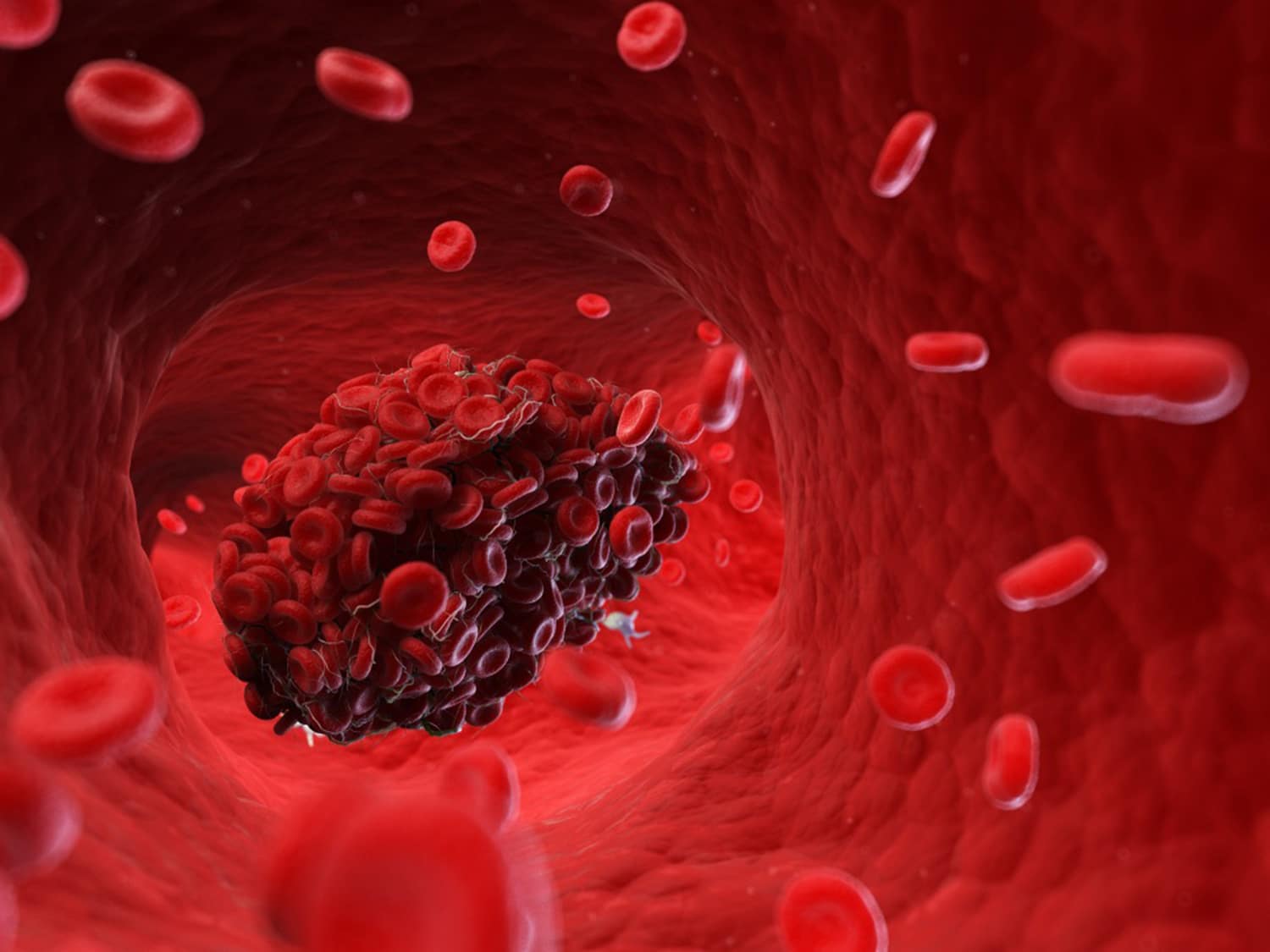
Deep vein thrombosis (DVT) is a severe condition when a blood clot forms in a vein located deep inside your body. Sometimes the condition becomes life-threatening if left untreated and can cause deadly pulmonary embolisms.
To manage DVT and prevent these life-threatening complications, it’s critical to be able to detect, monitor, and treat it rapidly.
Current diagnostic imaging methods lack the resolution required to pinpoint potential breeding grounds for clots and monitor the clots in real-time.
The ultrasound method is usually used to diagnose Venous Thrombosis, yet it is not great for diagnosing DVT. It can tell you that a fluid flow region may look odd, which might be related to a clot — but maybe not. Patients need to follow up with blood tests to look for specific factors.
After diagnosis, a clinician may order either pharmaceutical to help break it apart or a procedure that involves snaking a probe to the clot to grab it and physically remove it from the body.
Additionally, the pharmaceuticals have some disadvantages: they might be impotent to break the clot apart, or they could trigger bleeding issues elsewhere in the body.
To better identify the location of blood clots, scientists from Penn State College of Engineering have come up with a technology capable of localizing and treating the blood clots. The team used a particle approach called nanopeptisomes (NPeps).
In this approach, the particles comprise a shell around a droplet of fluorine-based oil similar to liquid Teflon. The surface of the shell holds a molecule that finds and binds a protein on the surface of activated platelets, a key cellular component of clots.
Scott Medina, assistant professor of biomedical engineering, said, “The particles bind to the surface of the clots, we apply the ultrasound, and the droplet turns to gas and forms a bubble under the shell. It gives excellent contrast for imaging. The bubbles appear exactly where the clots are forming.”
“But, a mystery unfolded as they tested their technique. To analyze how to diagnose and treat clots, the researchers first induce clots in bovine veins by injecting an enzyme that triggers clot formation.”
“The enzyme induces clot formation generally 100% of the time — but when we applied the particles, we only saw clot formation about 30% of the time. We had to wonder: were the particles not only binding to the clots but somehow breaking them down?”
The team tested its hypothesis, but the researchers would lose the bubble signal after 15 minutes of ultrasound every time.
Medina said, “We think that once our particles start to decorate the clot, they saturate the surface and inhibit the mechanisms of further clot growth. And under the ultrasound, the particles are disrupting the clot or inhibiting its mechanism to persist. While we don’t understand the underlying mechanism yet, it’s clear that these particles can image and help treat clots in real-time.”
In future studies, scientists will determine how the particles are disrupting the clots and develop more control over how the particles behave.
Journal Reference:
- Janna N. Sloand et al. Ultrasound-Responsive Nanopeptisomes Enable Synchronous Spatial Imaging and Inhibition of Clot Growth in Deep Vein Thrombosis. DOI: 10.1002/adhm.202100520
Continue reading New imaging technique to identify and treat the blood clots on Tech Explorist.
0 comments:
Post a Comment